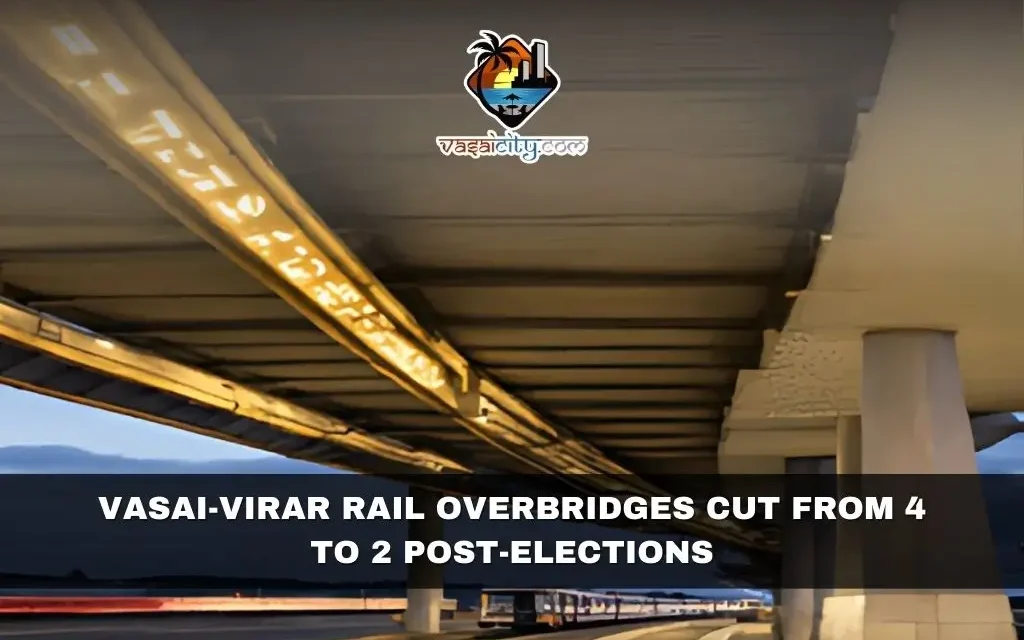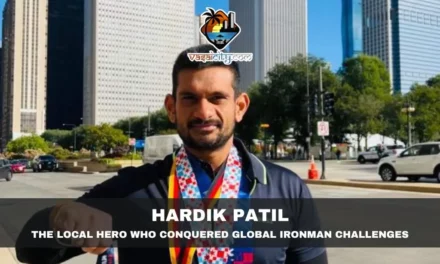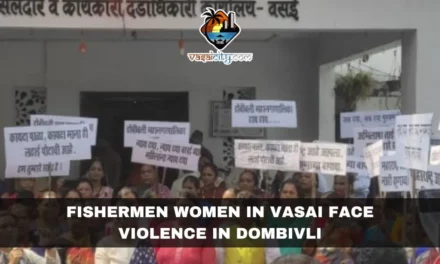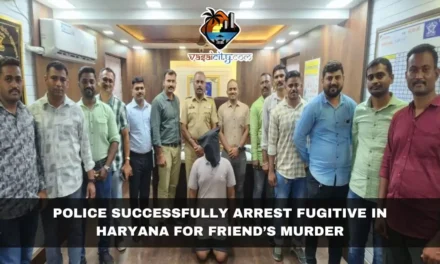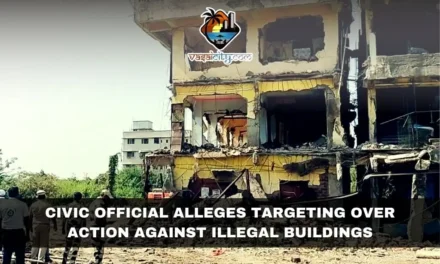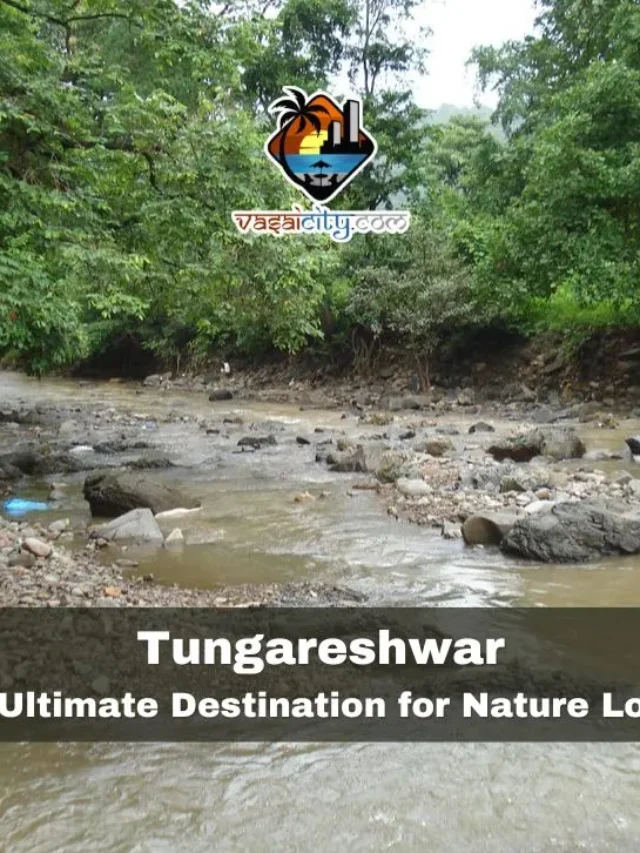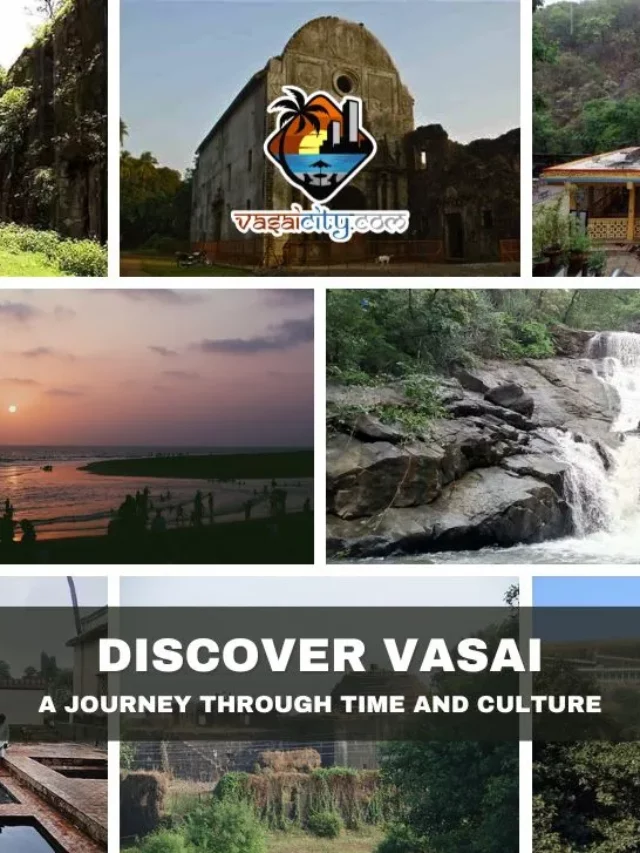Residents of Vasai-Virar, a bustling suburban cluster near Mumbai, are grappling with anger and disappointment after authorities backtracked on a key infrastructure promise. Ahead of recent elections, local leaders had vowed to build four railway overbridges (ROBs) to ease the area’s notorious traffic gridlock. But now, with elections over, officials have confirmed only two of these projects will move forward, leaving thousands questioning the credibility of pre-poll assurances.
The Traffic Crisis in Numbers
Vasai-Virar, spanning 380 square kilometers and home to over 2.5 million people, has long struggled with narrow roads and exploding vehicle numbers. Daily commuters face hours-long jams, especially along the east-west corridors where traffic crawls at a snail’s pace. The problem peaks during rush hours, with office-goers, school buses, and goods trucks all vying for space on roads built for a fraction of today’s population.
To address this, the Vasai-Virar Municipal Corporation (VVMC) proposed four railway overbridges in 2023. These bridges aimed to decongest key intersections where roads cross busy railway tracks, forcing vehicles to wait for trains to pass. The projects—at Alkapuri (Nalasopara), Oswal Nagari (Nalasopara), Virar Nagar (Virar), and Umalman (Vasai)—were estimated to cost ₹155 crore. The Mumbai Metropolitan Region Development Authority (MMRDA) initially greenlit the plans, raising hopes for relief.
Election Promises vs. Post-Poll Reality
During the Lok Sabha and state assembly elections earlier this year, the four ROBs became a focal point of campaigns. Candidates across parties pledged to prioritize the projects, calling them “lifelines” for the region. Posters and rallies highlighted the bridges as symbols of progress, with leaders assuring voters that approvals were “just a formality.”
But after the elections concluded, the Railways Ministry delivered a blow. During a meeting with Palghar MP Dr. Hemant Savara, Union Railway Minister Ashwini Vaishnaw clarified that only the Alkapuri and Oswal Nagari overbridges had been approved. The remaining two—Virar Nagar and Umalman—were rejected due to “technical and feasibility concerns,” though no detailed explanation was provided.
“I pushed hard for all four bridges, but the Railways’ guidelines only permit two at this stage,” said Dr. Savara, who met with Vaishnaw to advocate for the projects. “We’ll continue fighting for the others, but for now, residents must make do with half the solution they were promised.”
Approved Projects: What’s Next?
The two approved overbridges are expected to ease traffic at critical points:
- Alkapuri Bridge: Connecting Vasai and Nalasopara railway stations, this bridge will bypass a congested crossing near Alkapuri Junction, where delays of 20–30 minutes are common during peak hours.
- Oswal Nagari Bridge: Located between Virar and Nalasopara stations, this ROB aims to streamline traffic near Oswal Nagari Market, a commercial hotspot.
Railway officials confirm that geo-technical surveys for both sites are complete, and construction tenders may be floated by early 2025. However, locals remain skeptical. “We’ve heard ‘surveys are done’ before. When will shovels hit the ground?” asked Ramesh Patil, a shop owner in Nalasopara.
Rejected Bridges Leave Communities in the Lurch
The exclusion of the Virar Nagar and Umalman bridges has sparked outrage. Virar Nagar’s proposed ROB aimed to ease access to Virar East, where residential complexes have mushroomed in recent years. Umalman’s bridge, meanwhile, was meant to connect Vasai and Naigaon stations, a route plagued by flooding during monsoons.
“Without the Umalman bridge, ambulances and school vans will keep getting stuck at the railway crossing,” said Meena Desai, a Vasai resident. “Politicians made big claims during elections, but now they’re shrugging responsibility.”
Why the Cutback?
While officials cite “technical constraints,” activists allege deeper issues. “The Railways prioritizes projects that align with their own expansion plans, not local needs,” claimed transport analyst Arvind Kulkarni. “Vasai-Virar’s population boom isn’t reflected in infrastructure budgets, leading to piecemeal solutions.”
Others point to funding gaps. The initial ₹155 crore estimate for four bridges now seems inadequate, with rising material costs and land acquisition hurdles. “Approving two bridges lets authorities claim progress while delaying the rest indefinitely,” said civic group member Sanjay Rao.
What’s Next for Vasai-Virar?
Residents worry the two approved ROBs will only provide partial relief. “Even if Alkapuri and Oswal Nagari bridges are built, traffic will just shift to other bottlenecks,” said commuter Priya Singh.
The VVMC has vowed to keep pushing for the remaining projects, but with no timeline in sight. For now, Vasai-Virar’s daily grind of honking cars, missed appointments, and frayed tempers continues—a stark reminder of the gap between political promises and ground realities.
As the sun sets on another gridlocked evening, local tea vendor Raju Verma sums it up: “They promised four bridges to lift us out of this mess. Now we’re left with half a ladder—and no way to climb up.”

